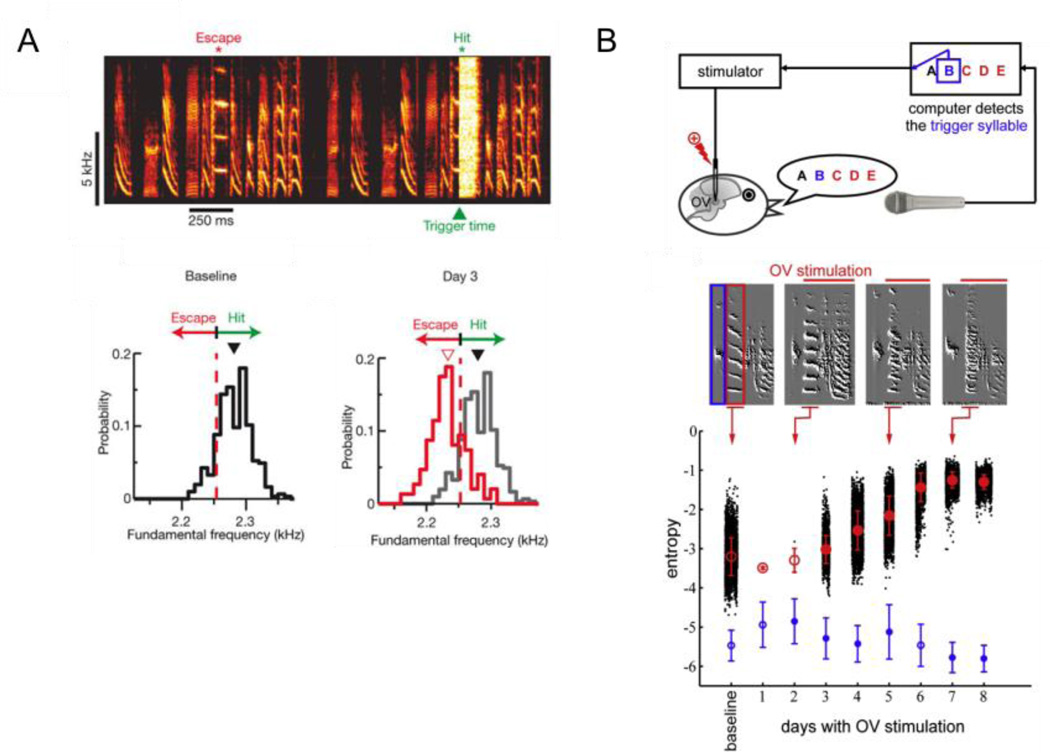Figure 1. Online signal processing methods can be used to disrupt singing-related auditory feedback and drive changes to song.
A) In a contingent reinforcement protocol, syllable renditions falling above a threshold pitch (i.e., hits, represented in green) are accompanied by playback of a noise burst. Over several hours, the bird increases the proportion of renditions that fall below threshold (i.e., escapes, represented in red), pointing to an adaptive process driven by perturbation of auditory feedback. Reprinted with permission from [13]. B) Singing-triggered microstimulation in the auditory thalamus (OV) slowly increases the spectral entropy of the target syllable (syllable C, red), whereas the entropy of a preceding trigger syllable (syllable B, blue) not blanketed by microstimulation remains unaffected. Reprinted with permission from [16•].

